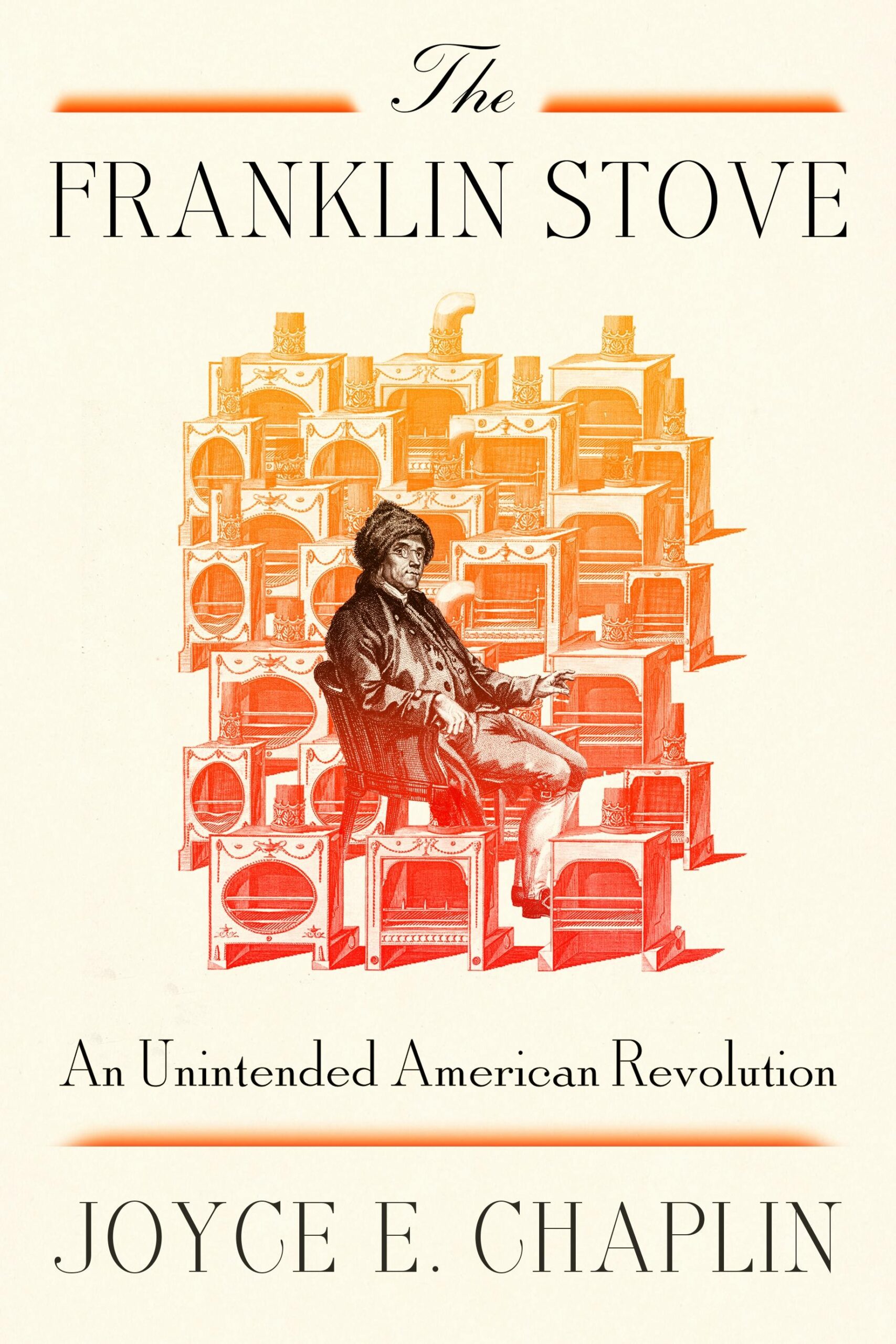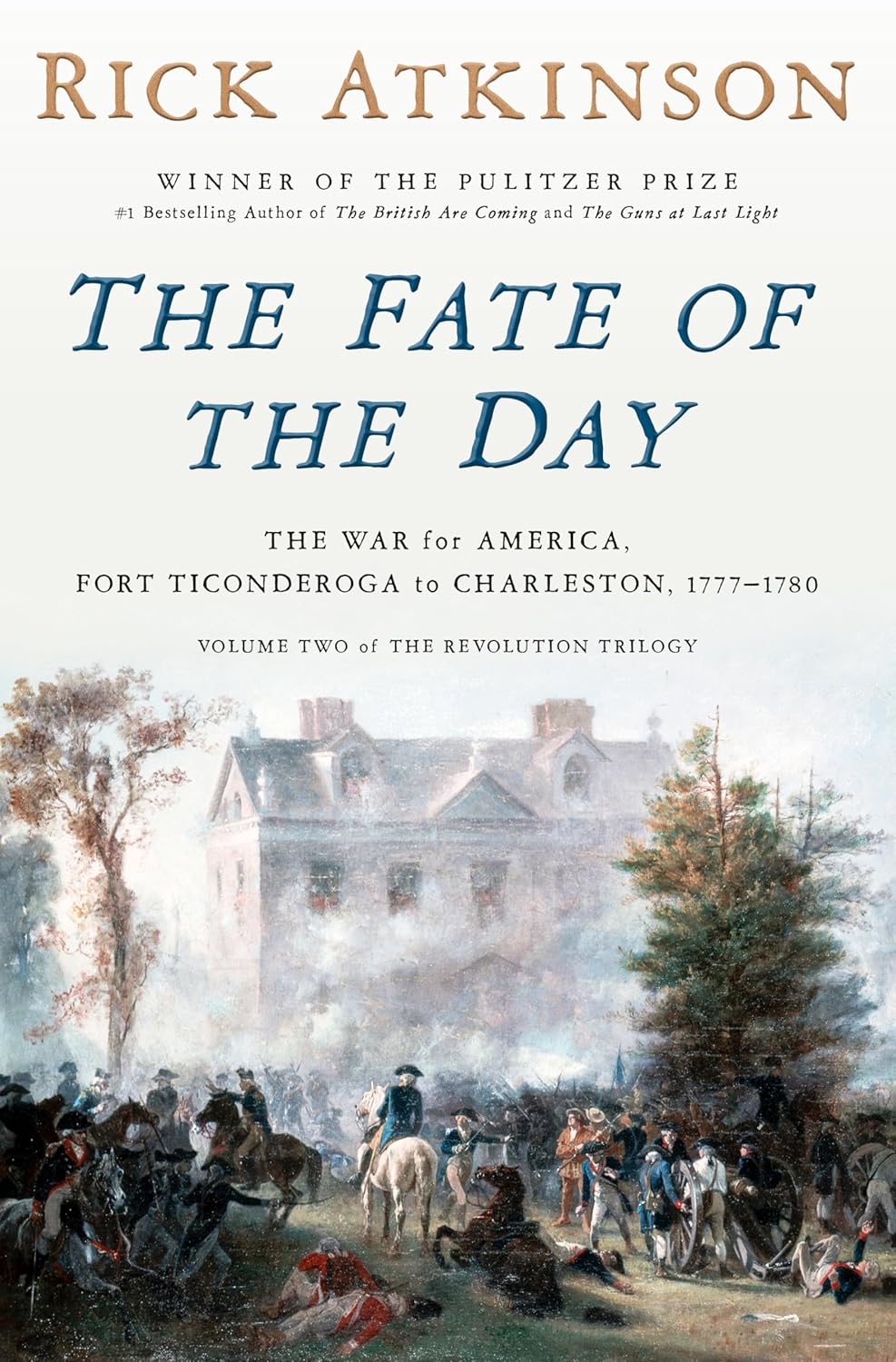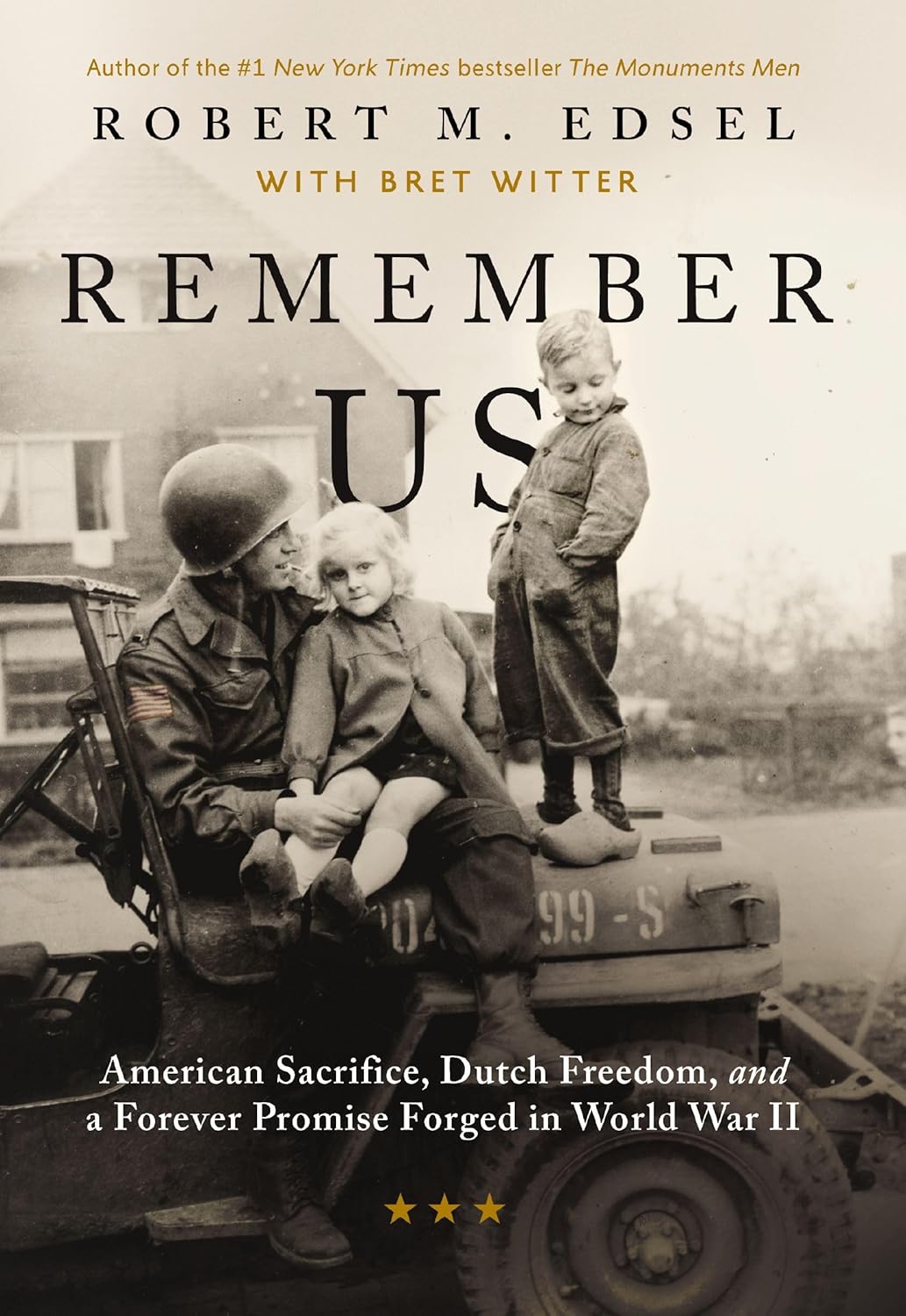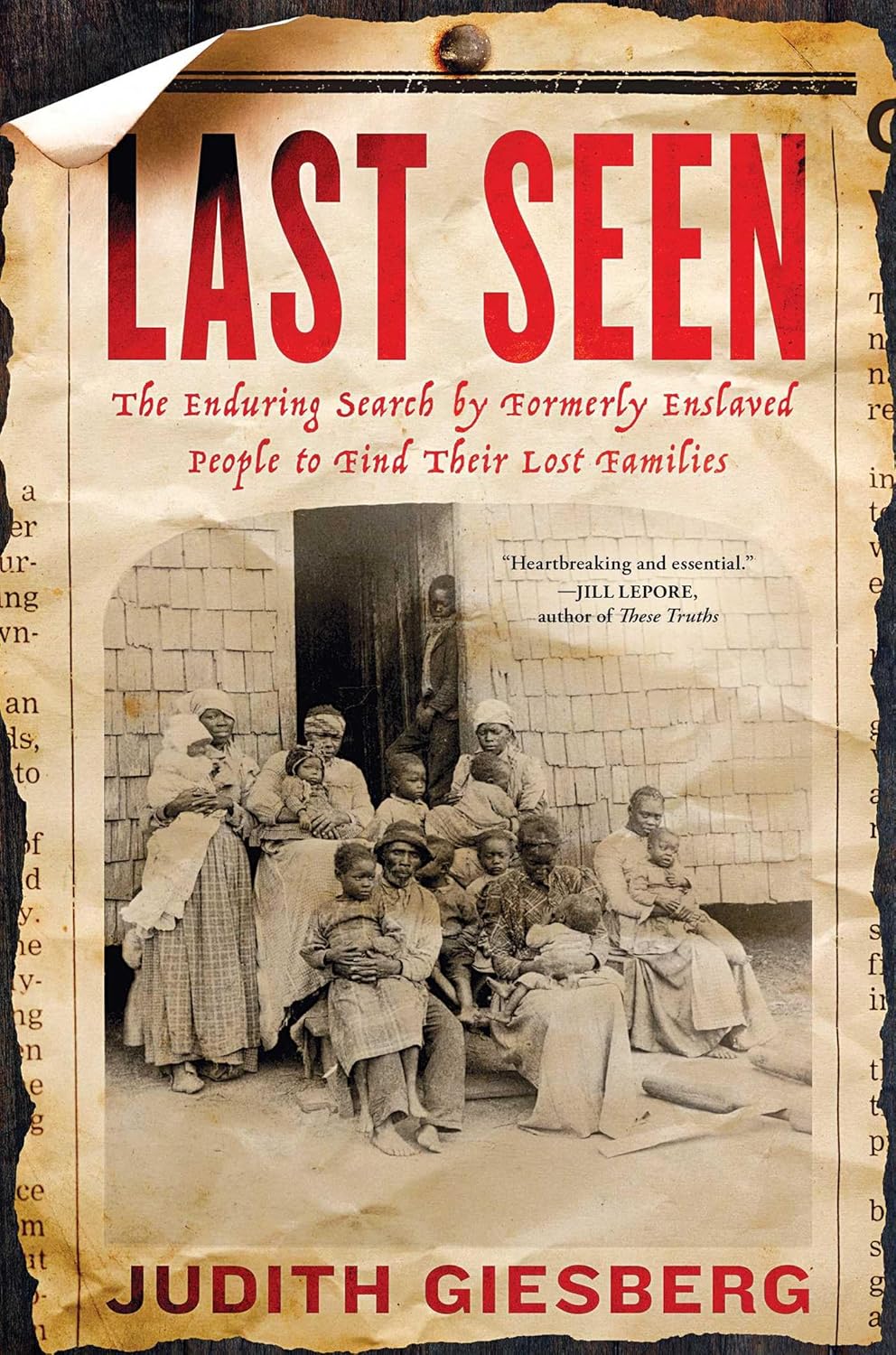Stan’s guest this week is Harvard historian Joyce Chaplin, who discusses her new book, The Franklin Stove: An Unintended American Revolution (Farrar, Straus, Giroux, 2025). Was Ben Franklin the first climate scientist? The Franklin stove became one of the Revolutionary era’s most iconic consumer products, spreading from Pennsylvania to Italy, and beyond. It was also a hypothesis. Armed with science, Franklin proposed to invent his way out of a climate crisis: a period of global cooling known as the Little Ice Age, when unusually bitter winters brought life to a standstill. He believed that his stove could provide snug indoor comfort despite another, related crisis: a shortage of wood caused by widespread deforestation. Joyce Chaplin demonstrates that it’s not so easy to engineer our way out of a climate crisis, an ongoing challenge as old as the United States itself.





